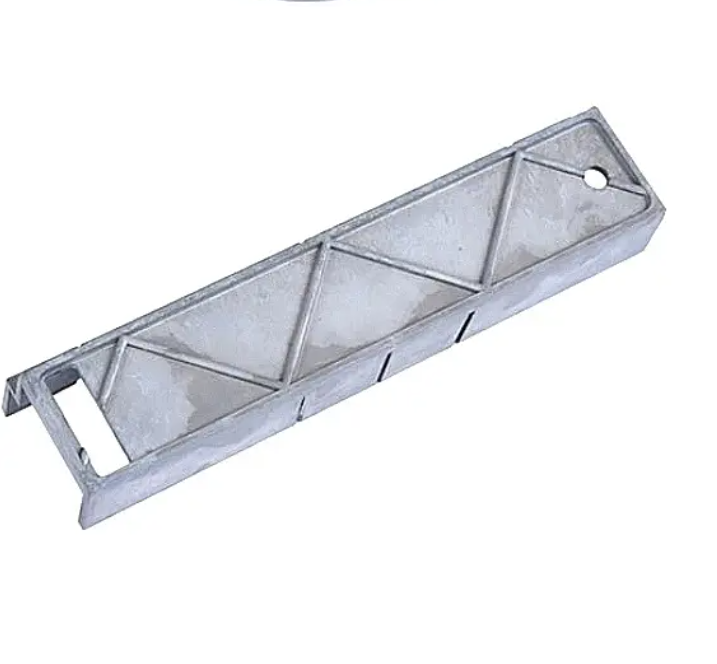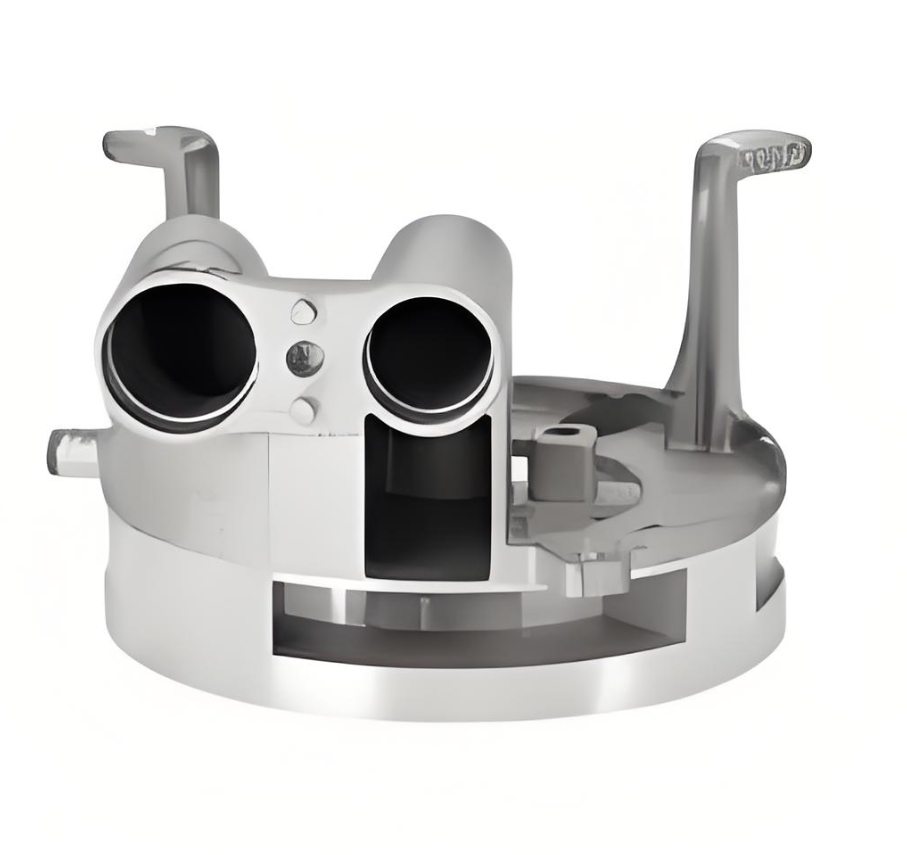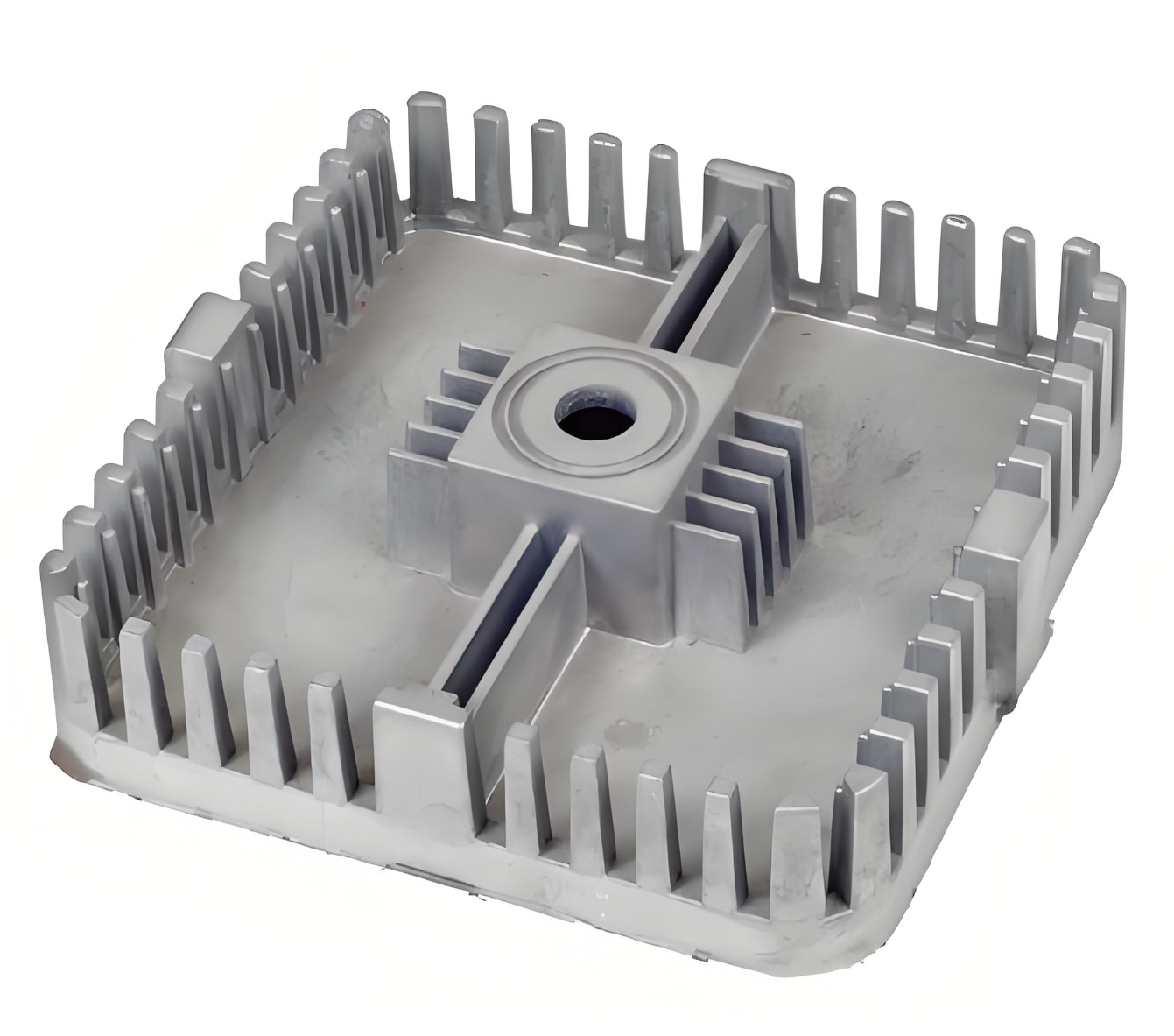Die Casting
Release time:2024-08-04 16:18:17 Number of views:977 Publisher:admin Source:编辑部
A.What is the die casting process?
1. Die casting is a method of precision casting that uses high pressure to force molten metal into complex metal molds; molds; also known as tools or molds; are made from steel and designed specifically for each project;
2. Die casting is a versatile process for producing engineered metal parts by pressing molten metal under high pressure into reusable steel molds. These molds can be designed into complex shapes with high precision and repeatability. With die casting, parts will have smooth or textured surfaces and are available in a variety of attractive and usable finishes.
3. Die castings are one of the largest volume products produced by the metalworking industry and can be found in thousands of consumer, commercial and industrial products. Die castings are also an important part of products ranging from cars to toys. Parts can be as simple as a sink faucet or as complex as a connector housing.
B.Principle of die casting.
1. The principle of the die casting process is to use high pressure to press molten metal into a precision metal mold cavity at high speed, and the molten metal cools and solidifies under pressure to form castings. Cold and hot chamber die casting are two basic ways of the die casting process. In cold chamber die casting, the molten metal is poured into the pressure chamber by a manual or automatic pouring device, and then the injection punch advances to hydraulically press the metal into the cavity. In the hot-chamber die-casting process, the pressure chamber is perpendicular to the crucible, and the molten metal automatically flows into the pressure chamber through the feed port on the pressure chamber. The injection punch moves downward, pushing the molten metal through the gooseneck into the cavity. After the molten metal solidifies, the die-casting mold is opened, the casting is taken out, and a die-casting cycle is completed.
C.The advantages of the die casting process.
1. It can manufacture metal parts with complex shapes, clear contours, and thin-walled deep cavities. . The dimensional accuracy of die castings is high, the surface roughness reaches Ra0.8-3.2um, and the interchangeability is good.
2. Material utilization is high. Due to the high precision of die-casting parts, they can be assembled and used only after a small amount of machining, and some die-casting parts can be directly assembled and used. high productivity. Due to high-speed filling, the filling time is short, the metal industry solidifies rapidly, and the die-casting operation cycle speed is fast. Easy to use inserts.
D.Application of die casting process.
1. Die-casting has high production efficiency, and can die-casting die-casting parts with complex shapes, precise dimensions, clear outlines, high surface quality, strength, and hardness, so it is widely used and developed rapidly. At present, the output of aluminum alloy die castings are more, followed by zinc alloy die castings.
E.Details of the die casting process.
1. Pressure; Pressure is the basic feature of the die casting process, and the filling, flow, and compaction of the molten metal are accomplished under the action of pressure. The pressure is divided into dynamic injection force and pressurized injection force. The function of the dynamic injection force is to overcome various resistances and ensure that the molten metal reaches a certain speed during filling. The function of the pressurized injection force is to compact the die-casting part after the filling, improve the density of the die-casting part, and make the outline of the die-casting part clear. The injection force exerts pressure on the molten metal through the injection punch.
2. Expansion force; In the process of die casting, under the action of specific pressure, when the molten metal fills the cavity, a certain pressure is applied to the cavity wall and the parting surface, which is called the expansion force. In the final stage of the die-casting process, that is, when the boost ratio pressure is transmitted to the die-casting die through the molten metal, the expansion force is the largest, which is an important parameter for checking the strength and stiffness of the die-casting machine model and the support plate for the primary selection of die-casting parts.
3. Speed; In the process of die casting, the speed is directly affected by the pressure, and together with the pressure, it plays an important role in the internal quality and the clarity of the surface contour. There are two types of speed: injection speed and gate speed.
4. Injection speed; the injection speed is also known as the punch speed, which is the speed at which the injection punch in the pressure chamber pushes the molten metal, that is, the speed of the injection punch. During the injection process, the injection speed varies, and it can be divided into two stages: low speed and high speed, and the speed can be adjusted step through the speed regulating valve of the die casting machine.
5. In-gate speed; In-gate speed is the linear speed of molten metal entering the cavity through the in-gate. The higher gate speed can quickly fill the cavity of the molten metal before solidification even with a lower specific pressure, obtain die castings with clear contours and smooth surfaces, and increase the dynamic pressure of the molten metal. When the gate speed is too high, it will also bring a series of problems, mainly because it is easy to envelop the gas to form bubbles; the molten metal enters the cavity in the form of a mist, and adheres to the cavity wall and cannot be fused with the subsequent molten metal to form surface defects and oxidation inclusions, accelerating the wear of die casting molds, etc.
F.What is die casting mould and mould design?
1. Basic structure of die casting mold; Commonly used die casting molds are composed of two half molds, which are called fixed mold and movable mold. There are also more complex die-casting molds, with more than two mold halves.
2. The functions of the components of the die-casting mold are as follows:
(1)The sprue connects to the pressure chamber or to the runner, including sprue sleeves and diverter cones.
(2) Gating system The channel through which the alloy liquid enters the cavity, including sprue, runner, and sprue.
(3) The cavity is formed on the insert to form the die casting geometry.
(4) Core pulling mechanism Complete the extraction and insertion of the movable core, including slideway, slide blocks, cylinders, slashes, etc.
(5) Exhaust system Exhaust gas and store cold metal residues, etc.
(6) Temperature control system Controls the temperature of the die-casting mold, including cooling water pipes and heating oil pipes.
(7) Ejector mechanism Ejects the die-casting parts from the cavity, including ejector rods, etc.
(8) Moving mold frame Connect and fix moving mold parts, including sleeve plate, support plate, etc.
3. Design of Die Casting Mould.
The following points should be paid attention to when designing a die-casting mold:
(1) It is necessary to adopt an advanced and simple structure as much as possible to ensure stable and reliable operation and daily maintenance and repair.
(2) The modifiability of the gating system should be considered, and necessary modifications can be made during the debugging process.
(3) Reasonable selection of various tolerances, scales, and machining allowances to ensure reliable module coordination and required to die casting accuracy.
(4) Select appropriate mold materials and a reliable heat treatment process to ensure the service life of die-casting molds.
(5) It should have sufficient rigidity and strength to withstand the clamping pressure and expansion force without deformation during the die-casting production process.
(6) Use standardized die-casting mold parts as much as possible to improve economy and interchangeability.
G.Packing and Shipping.
1. Each product is carefully packed with bubble bags and packed in cartons. In order to cause scratches due to knocks, which will affect the quality and use of the product, we will use wooden boxes specially designed for export for packaging and transportation.
2. All products will be transported according to customer needs, such as express, air shipping, sea shipping, and railway shipping.
H.FAQs.
1. How can I get the quotation?
A:We send a quote based on drawing, quantity, weight, and material(a real sample is acceptable).
2. If I don't have the drawing, can you make a drawing for me?
A:Yes, we are able to make the drawing of your sample duplicate the sample.
3. What is your payment method?
A:Tooling:50% T/T advanced,50% T/T balance when sample approval.
Items bulk order:30% deposit T/T,70% balance T/T against the copy of B/L.
4. What kind of file format can you open?
A:PDF, IGS, DWG, X_T, STEP(STP).
5. What surface treatment can you do?
A:Including powder coating, sandblasting, painting, polishing, acid pickling, anodizing, enamel, zinc plating, hot-dip galvanizing, and chrome plating.
6. What is your way of packing?
A:Each product is carefully packed with bubble bags and packed in cartons. In order to cause scratches due to knocks, which will affect the quality and use of the product, we will use wooden boxes specially designed for export for packaging and transportation.
7. Do you have a sub-company overseas?
A:Yes, we have a sub-company in Michigan, USA.



